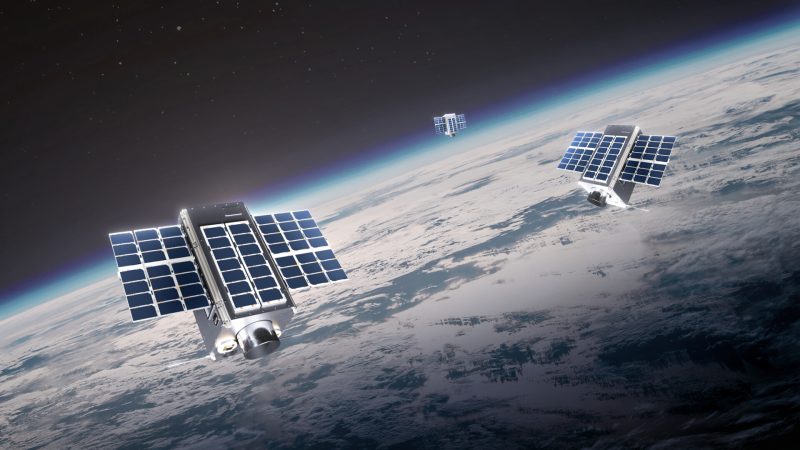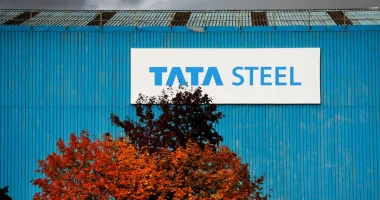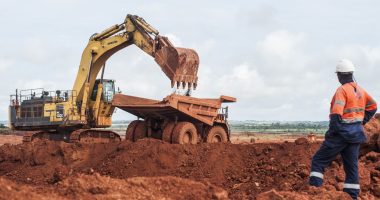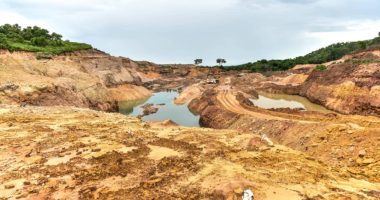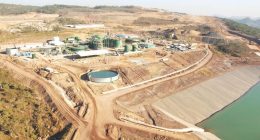The Nigerian government has approved a satellite surveillance system to enhance mining safety by enabling rapid response in case of mine collapses. The new technology will also incorporate spectrophotometers to improve monitoring and transparency in the sector.
Dr Olugbenga Oyewole, Managing Director of MilkyWay Visuals Limited, the company overseeing the system’s installation, explained in an interview with Voice of Nigeria that the satellite will provide real-time data on mining site stability. “If a site is at risk of collapse, we will know immediately, allowing the ministry to evacuate people swiftly,” he said.
MilkyWay Visuals, which operates as the commercial arm of the National Space Research and Development Agency (NASRDA), will also integrate spectrophotometers into the system. These devices will help accurately determine the composition of transported minerals, preventing fraudulent activities. “The spectrophotometer, once you point it at it, will tell you exactly what and what are in that thing that you are carrying,” Dr Oyewole explained.

The initiative is also designed to curb illegal mining through electronic tracking. The first phase of the project will see the satellite generate a mineral map of Nigeria. Dr Oyewole outlined how this would work: “We will work directly with the MCO. All the people they’re giving licences to; they release the licences to us. So, we create what is called shape files of those licences and ingest them into the satellite. The satellite will then overlay the licences onto the mineral map. So, at a glance, you will first know which areas are allocated and which are not. The satellite will further tell us if people are mining in areas not allocated. Obviously, that’s illegal mining.”
Additionally, the system will require miners to electronically report their extracted materials, including details on quantity and origin. Taxes, royalties, and fees will also be processed through the platform, generating a QR code for traceability. “When miners transport minerals, they will be required to report their movements on the platform. This will generate a QR code, containing all the relevant details such as the mineral type, quantity, and extraction location. Customs and mining marshals will scan the QR code to verify compliance,” Dr Oyewole noted.
The satellite technology will also help identify mineral deposits up to 300 metres underground, ensuring miners do not excavate in the wrong areas. Those granted licences will need to consult with authorities to determine the precise locations of their deposits.
For security and regulatory purposes, miners will be issued RFID-tagged ID cards to confirm their authorisation to work in specific areas. Dr Oyewole also highlighted plans to use the technology to locate rare earth elements, which are in high demand globally. “We would also try as much as possible to use the technology to look at where we have rare earth elements, like the ones America is looking for in Ukraine so desperately. We will try to identify places where they are, if we have any in Nigeria, so the government can take proper care of such.”
Furthermore, discussions are underway regarding the possibility of establishing mineral refineries in Nigeria, particularly for gold. “I don’t think there’s a gold refinery in Nigeria, for example, right now. We can set up a gold refinery where they will bring the extracts to us, refine it further into 90-something per cent purity, and give it a Nigerian number. So that when anybody is buying it anywhere in the world, they know that it’s not a conflict mineral,” he added.
Dr Oyewole praised the Minister of Solid Minerals Development for embracing geospatial technology, describing it as a game-changer for Nigeria’s mining sector. He believes the integration of advanced surveillance and data management tools will position Nigeria as a leader in mining innovation, potentially setting a model for other African nations.



